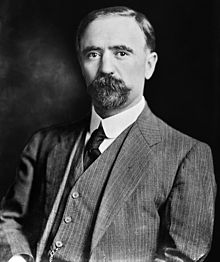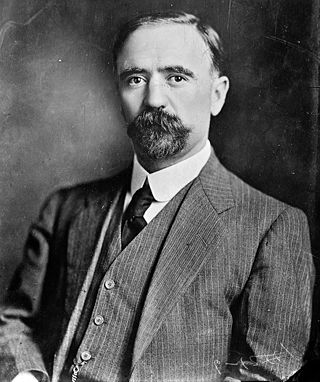
Francisco Ignacio Madero González was a Mexican businessman, revolutionary, writer and statesman, who served as the 37th president of Mexico from 1911 until he was deposed in a coup d'état in February 1913 and assassinated. He came to prominence as an advocate for democracy and as an opponent of President and de facto dictator Porfirio Díaz. After Díaz claimed to have won the fraudulent election of 1910 despite promising a return to democracy, Madero started the Mexican Revolution to oust Díaz. Madero supposedly initiated the Mexican Revolution with guidance from spirits The Mexican revolution would continue until 1920, well after Madero and Díaz's deaths, with hundreds of thousands dead.
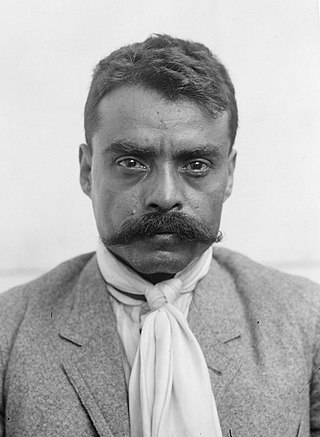
Emiliano Zapata Salazar was a Mexican revolutionary. He was a leading figure in the Mexican Revolution of 1910–1920, the main leader of the people's revolution in the Mexican state of Morelos, and the inspiration of the agrarian movement called Zapatismo.
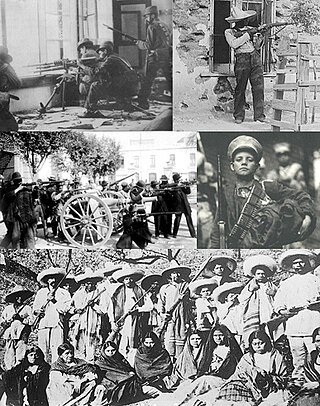
The Mexican Revolution was an extended sequence of armed regional conflicts in Mexico from approximately 1910 to 1920. It has been called "the defining event of modern Mexican history". It resulted in the destruction of the Federal Army and its replacement by a revolutionary army, and the transformation of Mexican culture and government. The northern Constitutionalist faction prevailed on the battlefield and drafted the present-day Constitution of Mexico, which aimed to create a strong central government. Revolutionary generals held power from 1920 to 1940. The revolutionary conflict was primarily a civil war, but foreign powers, having important economic and strategic interests in Mexico, figured in the outcome of Mexico's power struggles; the U.S. involvement was particularly high. The conflict led to the deaths of around two million people, mostly combatants.
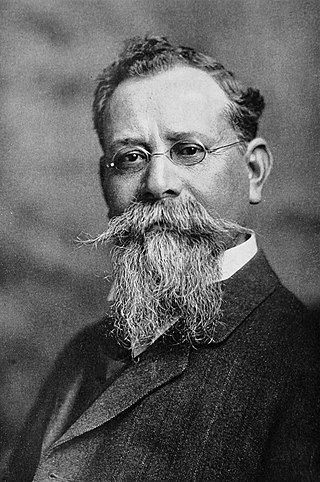
José Venustiano Carranza de la Garza was a Mexican land owner and liberal politician who served as President of Mexico from 1917 until his assassination in 1920, during the Mexican Revolution. He was previously Mexico's de facto head of state as Primer Jefe or "First Chief" of the Constitutionalist faction from 1914 to 1917, and previously served as a senator and governor for Coahuila. He played the leading role in drafting the Constitution of 1917 and maintained Mexican neutrality in World War I.
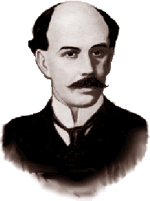
Aquiles Serdán Alatriste was a Mexican politician. He was born in the city of Puebla, Puebla, and was a supporter of the Mexican Revolution led by Francisco I. Madero.

The Plan of San Luis Potosí is a key political document of the Mexican Revolution, written by presidential candidate Francisco I. Madero following his escape from jail. He had challenged President Porfirio Díaz in the 1910 presidential elections, when Díaz was 80 years old, and garnered a broadbased following. Díaz jailed him when it became clear Madero might win. Madero escaped and drafted the plan to explain why armed rebellion against Díaz was now the only way to remove him from office. It was published on 5 October 1910. It called for nullifying the fraudulent 1910 election of Porfirio Díaz, proclaimed Madero as provisional president, and called on the Mexican people to revolt on 20 November 1910.

Abraham González de Hermosillo y Casavantes was the provisional and constitutional governor of the Mexican state of Chihuahua during the early period of the Mexican Revolution. He was the political mentor of the revolutionary Pancho Villa, whom he had met and befriended before the revolution.

The Plan of Ayala was a document drafted by revolutionary leader Emiliano Zapata during the Mexican Revolution. In it, Zapata denounced President Francisco Madero for his perceived betrayal of the revolutionary ideals embodied in Madero's Plan de San Luis Potosí, and set out his vision of land reform. The Plan was first proclaimed on November 28, 1911, in the town of Ayala, Morelos, and was later amended on June 19, 1914. The Plan of Ayala was a key document during the revolution and influenced land reform in Mexico during the 1920s and 1930s. It was the fundamental text of the Zapatistas.
In Mexican history, a plan was a declaration of principles announced in conjunction with a rebellion, usually armed, against the central government of the country. Mexican plans were often more formal than the pronunciamientos that were their equivalent elsewhere in Spanish America and Spain. Some were as detailed as the United States Declaration of Independence. Some plans simply announced that the current government was null and void and that the signer of the plan was the new president.
Estadio de Beisbol Veinte de Noviembre is a stadium in San Luis Potosí, San Luis Potosí, Mexico. It is primarily used for baseball, and is the home field of the San Luis Potosí Tuneros Mexican League baseball team. It holds 6,500 people. By now, it is also used for concerts and mass audience events. It is named to commemorate Día de la Revolución: 20 November 1910, which marked the start of the Mexican Revolution.
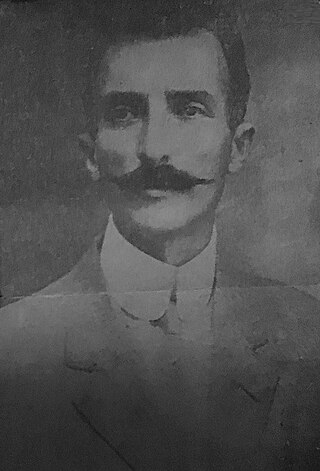
José María Pino Suárez was a Mexican politician, lawyer, journalist and newspaper proprietor who was a key figure of the Mexican Revolution and served as the 7th and last Vice President of Mexico from 1911 until his assassination in 1913, during the events of the Ten Tragic Days. Along with president Francisco I. Madero, he is remembered as a champion of democracy and an advocate for social justice in Mexico.
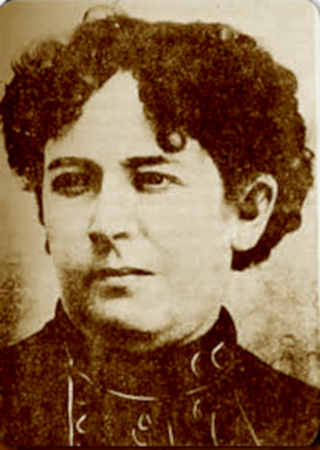
Dolores Jiménez y Muro was a Mexican schoolteacher and revolutionary. A native of Aguascalientes, Aguascalientes, Mexico, she rose to prominence during the Mexican Revolution as a Socialist activist and reformer and as a supporter and associate of General Emiliano Zapata.

The Monument to the Revolution is a memorial arch commemorating the Mexican Revolution. It is located in the Plaza de la República, near the heart of the major thoroughfares Paseo de la Reforma and Avenida de los Insurgentes in downtown Mexico City. The monument is considered the tallest memorial arch in the world, standing 67 metres (220 ft) in height.

Luis Vicente Cabrera Lobato was a Mexican lawyer, politician and writer. His pen name for his political essays was "Lic. Blas Urrea"; the more literary works he wrote as "Lucas Rivera". During the late presidency of Porfirio Díaz, he was a vocal critic of the regime. He became an important civilian intellectual in the Mexican Revolution (1910-1920).

Antonio Diaz Soto y Gama was a Mexican politician and revolutionary during the Mexican Revolution.

General Juan Carrasco (1878–1922) was a Mexican rancher and military officer who participated in the Mexican Revolution. He was Chief of Military Operations of Baja California, Sonora, Sinaloa, and Nayarit.

Manifiesto a la Nación is a document written by Francisco I. Madero on 5 October 1910 in San Luis Potosí, México. The text begins with a message directed to the Mexican people and describes a plan in twelve articles. The first article declares invalid the elections from June and July 1910 for president, vice president, magistrates to the Supreme Court of Justice of the Nation, deputies and senators. In the second article he disowned the government of Porfirio Díaz and all the authorities unelected by the people.

General elections were held in Mexico on June 26 and July 10, 1910. The contested election instigated the beginning of the Mexican Revolution and preceded the end of the 35-year period of Mexican history known as the Porfiriato.

General elections were held in Mexico on October 1 and 15, 1911.
In the history of Mexico, the Plan Orozquista was a plan issued by revolutionary general Pascual Orozco on 25 March 1912. It is sometimes called the Plan of the Empacadora, since it was signed in a cotton factory. In it, Orozco repudiated the government of President Francisco I. Madero, which he charged had betrayed the Mexican Revolution.

